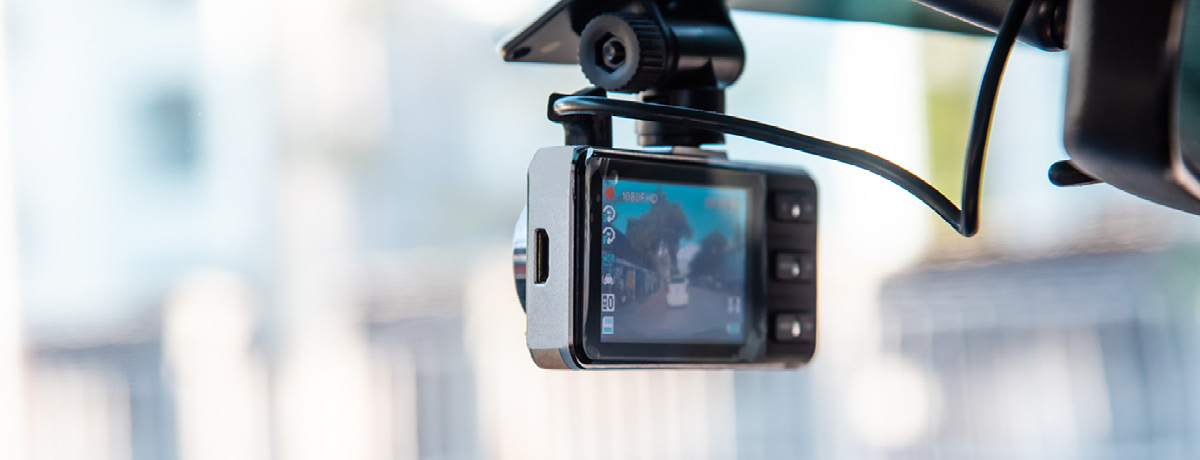Car accidents happen fast. In the past, proving what really happened often came down to conflicting witness statements or assumptions. But today’s technology is transforming how car accident lawsuits are built, argued, and won.
From dashcams capturing the moment of impact to black box data and even smartphone apps, digital evidence gives accident victims more power than ever. Here’s how technology changes the legal landscape for car accident lawyers and what it means for anyone involved in a crash.
Dashcams: The Unblinking Witness
Dashcams have quickly become one of the most valuable tools for car accident attorneys in Texas. These small cameras continuously record the view through a vehicle’s windshield, and sometimes the interior and rear views, too.
If a crash happens, dashcam footage can:
- Prove who had the right of way
- Show if someone ran a red light or failed to stop
- Capture reckless or distracted driving behavior
Unlike human witnesses, cameras don’t forget or change their story, making them a crucial aid in car accident cases. That’s why many drivers, especially those who drive for work or live in busy cities, now install dashcams as a precaution.
Some insurance companies even offer discounts to drivers who use dashcams because they reduce fraud and make claim investigations faster and clearer.
Event Data Recorders: The Car’s Black Box
Most people don’t realize their car might have a “black box.” Known as an Event Data Recorder (EDR), this device automatically captures critical information before, during, and after a crash. Modern vehicles, especially those made after 2014, are often equipped with EDRs.
EDRs typically record:
- Speed at the time of the crash
- Brake application
- Steering angles
- Seat belt usage
- Airbag deployment
This data can back up or disprove claims made by either party. For example, if someone claims they were driving slowly and cautiously, but the EDR shows they were speeding and never hit the brakes, that’s powerful evidence.
Smartphones and Telematics: Tracking Behavior
Smartphones and apps now capture a surprising amount of driving-related data, from GPS location to speed. Many rideshare, navigation, and insurance apps record this information automatically.
Telematics systems—installed by insurance providers or employers—track behaviors like hard braking or fast cornering. After a crash, this data can support or refute claims.
In a recent year alone, over 3,200 people died due to distracted driving. Smartphone data, cross-referenced with vehicle records, can help show if a driver was using their phone just before a crash.
Surveillance and Traffic Cameras: Eyes Everywhere
Many intersections, highways, and parking lots are monitored by traffic or security cameras. Footage from these can be essential in showing what happened during or just before a collision.
But this footage is often deleted quickly—sometimes within days—so it’s important to act fast. Attorneys may need to submit formal requests to local agencies or private businesses to preserve it.
Social Media: A Double-Edged Sword
Social media posts can also become evidence in car accident cases. A photo or post might confirm what someone was doing right before or after a crash.
But it can work against a victim, too. Insurance companies often monitor social media for signs that an injured person is exaggerating their condition. That’s why lawyers often advise clients to avoid posting anything after a crash.
The Rise of Accident Reconstruction Technology
Digital tools now allow experts to create detailed 3D reconstructions of car accidents. Using data from dashcams, EDRs, photos, and scene measurements, they can simulate the crash from multiple angles. These reconstructions help judges and juries visualize what happened in a way that words and static images can’t match.
Why Digital Evidence Matters More Than Ever
Technology makes car accident cases more accurate—and more fair. Clear digital evidence can:
- Speed up settlements
- Strengthen courtroom arguments
- Protect against fraud
- Clarify fault and reduce blame in complex cases
While federal agencies often cite that 94% of crashes are due to “human error,” digital tools can reveal contributing factors like:
- Dangerous road conditions
- Mechanical defects (e.g., failed brakes or steering systems)
- Poor vehicle maintenance
- In some cases, this evidence can shift fault or reveal third-party liability.
What This Means For Drivers
If you’re involved in a crash:
- Save dashcam footage and app data immediately.
- Request traffic cam footage before it’s deleted.
- Limit social media use, assuming anything you post may be used against you.
Work with an attorney who understands how to handle digital evidence—some of it may require a subpoena to obtain.
Technology has introduced new complexity to car accident claims, but it’s also leveling the playing field for victims. With the right tools and legal help, it’s easier than ever to get the truth—and the compensation—you deserve.
Choosing The Right Car Accident Attorney
Dealing with the aftermath of a car crash, injuries and losses included, is no easy thing to do, which is why working alongside a lawyer you feel comfortable with, who understands your case and has your trust, can be crucial to the success of your accident claim.
Before deciding on the attorney who will represent you throughout your case, evaluate the experience, resources, and effective communication skills from the very start. This will provide an overview of the client-attorney relationship, which is crucial for successful case development. Choose a representative who makes you feel understood, valued, and supported.
Mark Anderson is the founder of Anderson Injury Lawyers. For over 15 years, as a Dallas car accident attorney, he has successfully handled car accident lawsuits, securing fair compensation for their clients. Contact his Dallas office today and book an initial free consultation.
Visit our website to learn more: https://maafirm.com/
















